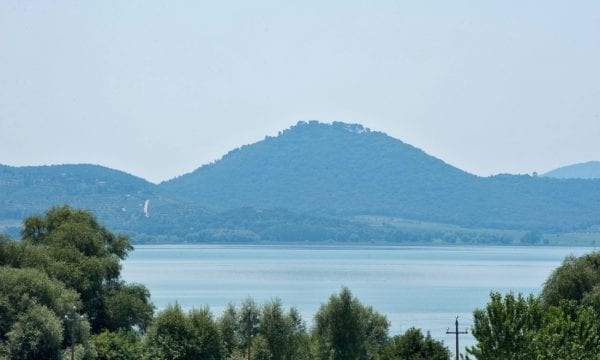SPELLO
Spello sits between Assisi and Foligno on a spur that juts out from Monte Subasio and overlooks the fertile central plain of Umbria.
Of all of the cities in the Region, Spello is the one richest in Roman remains: the thick city walls that then became the foundations for those erected in the Middle Ages, the remains of the theatre, the amphitheatre, baths and the splendid Porta Consolare, Porta Urbica and Porta Venere that date to Emperor Augustus’s rule. As one ascends into the city one comes across the 13th century church of Santa Maria Maggiore which, although its façade bears witness to the many changes it underwent in 1644, boasts, inside, one of the town’s greatest treasures, the Baglioni Chapel. Located to the left of the nave, it was painted by Pinturicchio with images of the Annunciation, Nativity and the Temple Dispute. Pinturicchio also painted other frescoes in the church’s naves, as did Il Perugino on the pillars at the entrance to the presbytery.
Not far away is the 13th century church dedicated to Saint Andrew, which houses Pinturicchio’s Madonna and Saints. The municipal building on Piazza della Repubblica, with its lovely pointed arches, should also be visited, as should the Church of St. Lawrence, with its remains of a 12th century building still evident. From the ruins of the 14th century fortress on the top of the hill you can admire the entire Topino Valley and its surrounding hills. Just outside of town sit the Romanesque church dedicated to Saint Claude and the Round Church erected during the Renaissance, with its Greek Cross plan and octagonal cupola.
